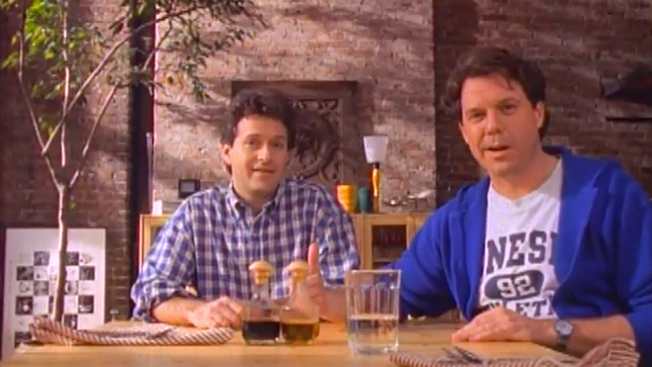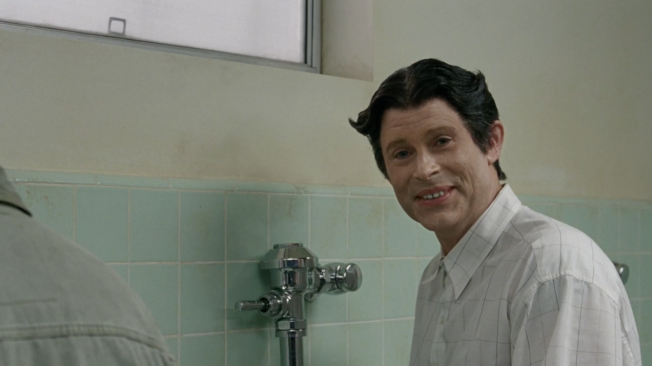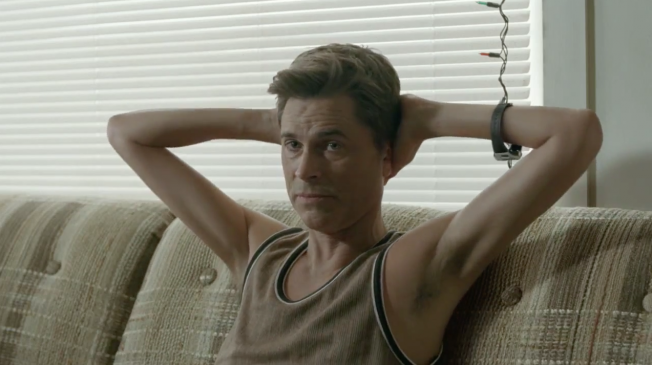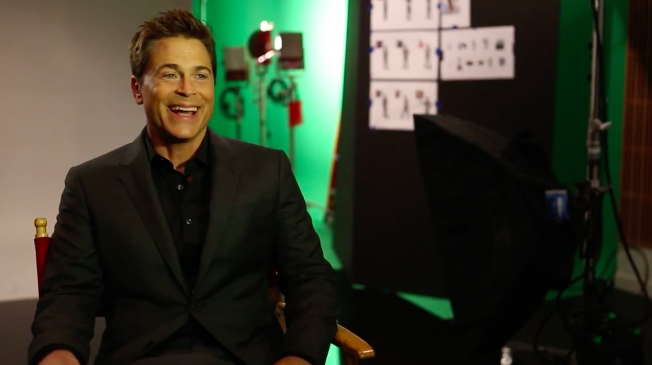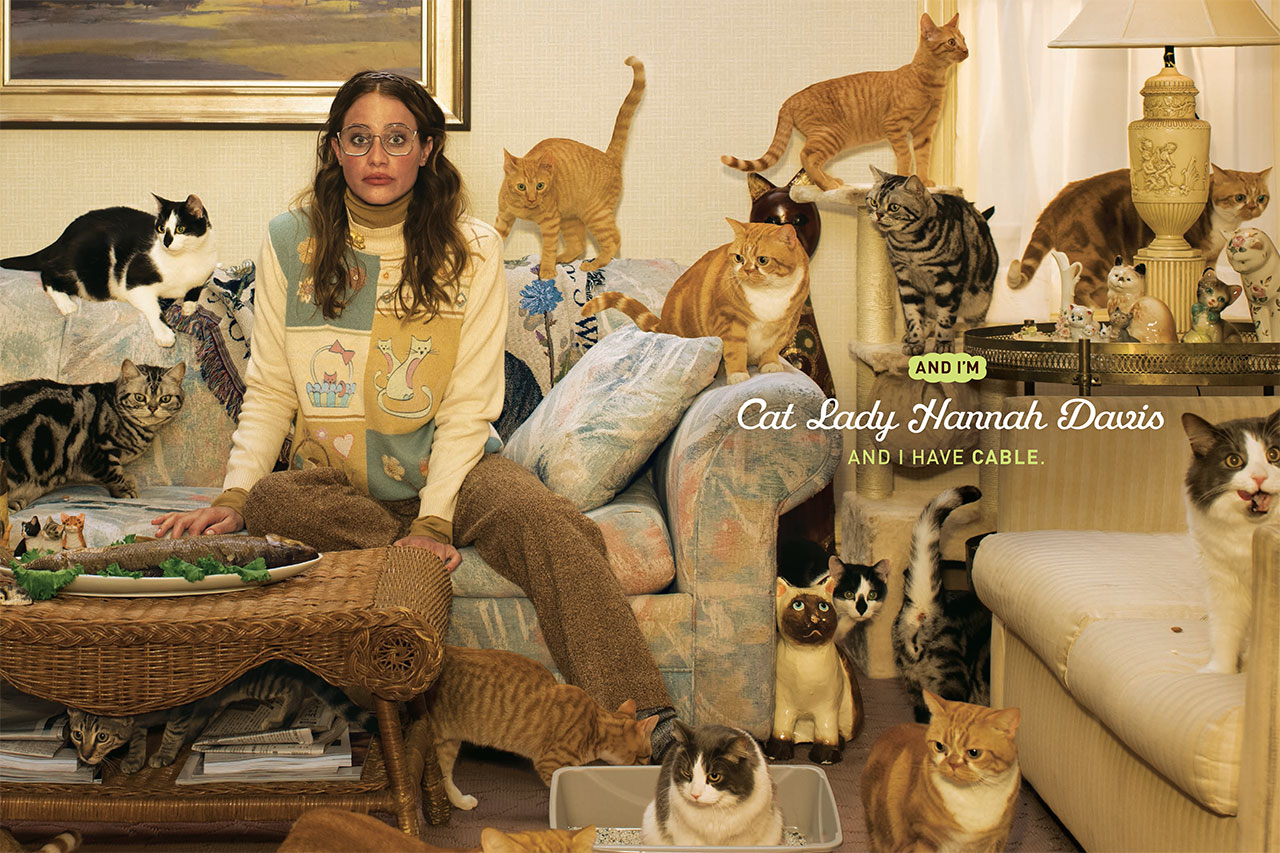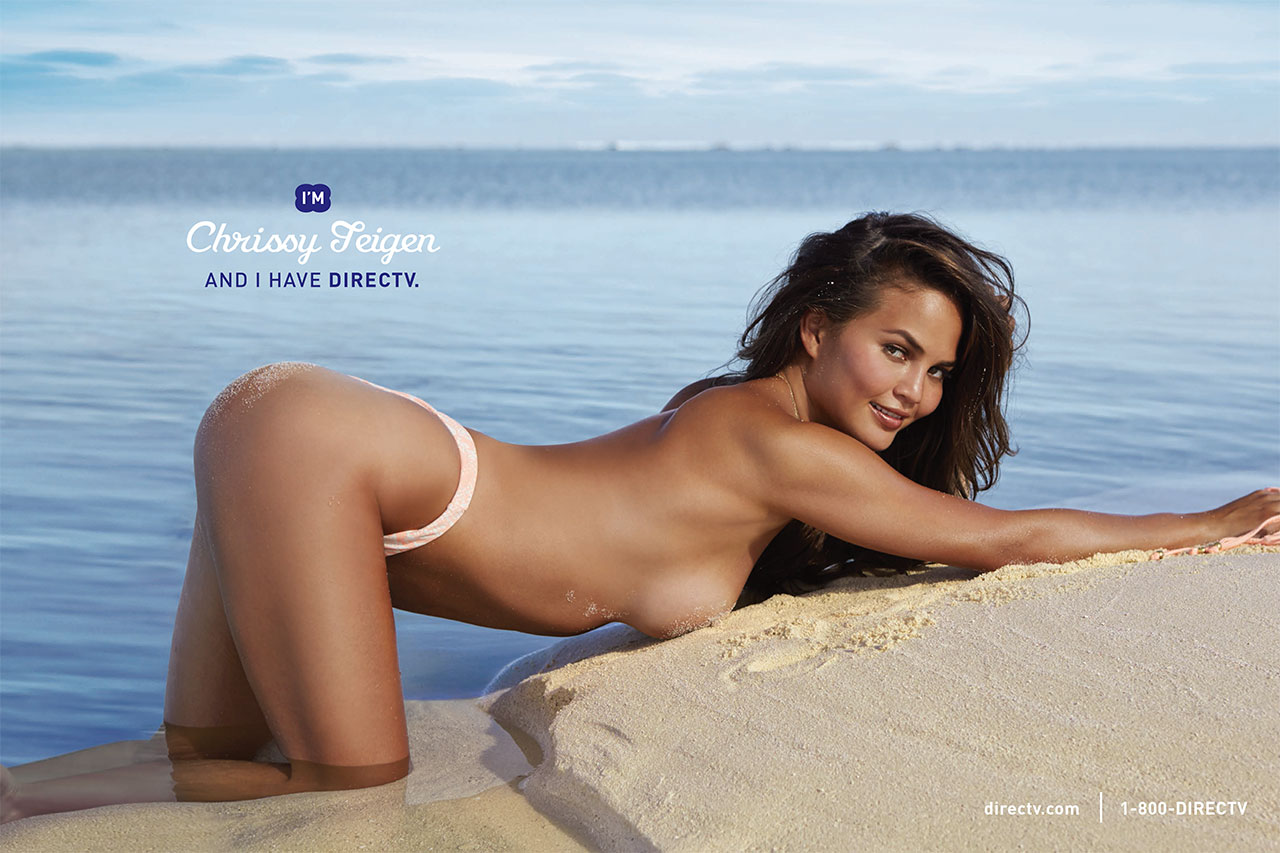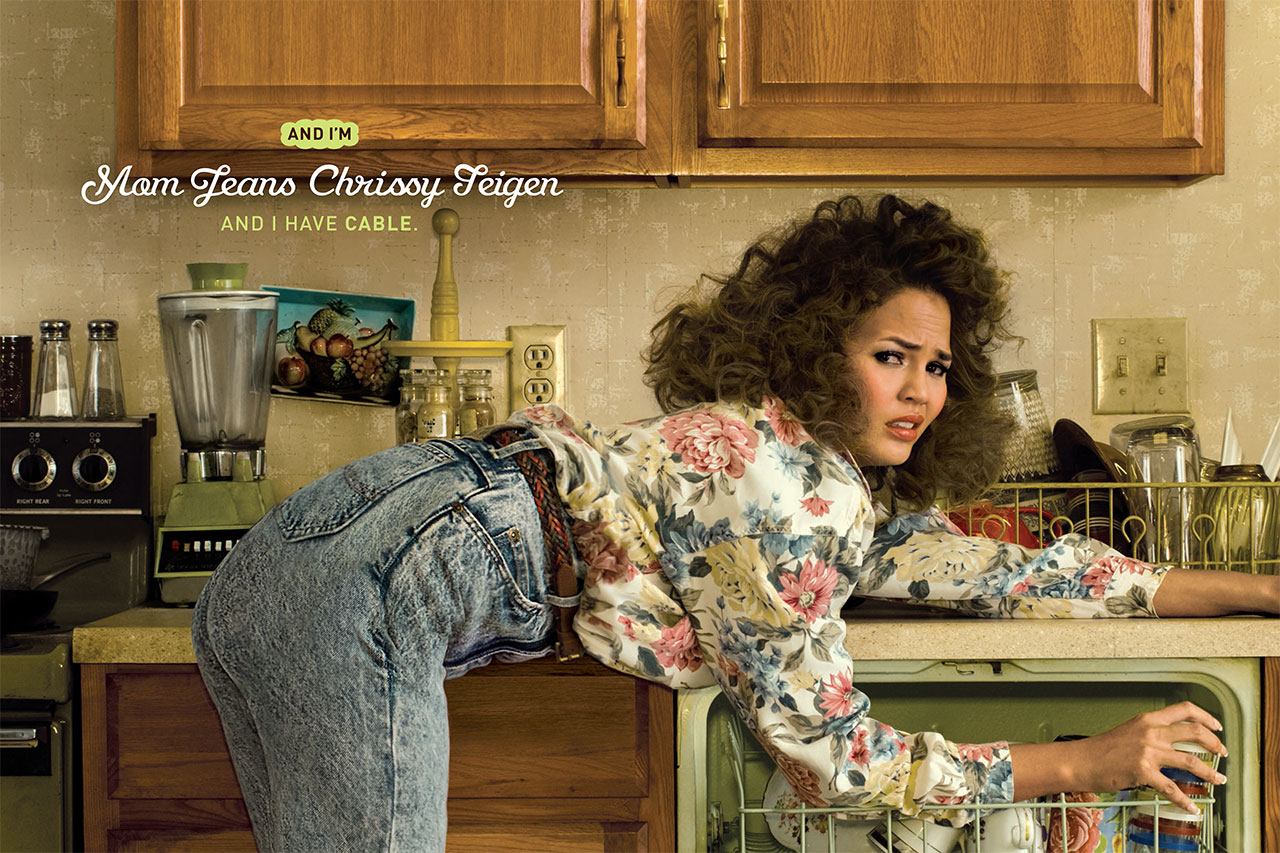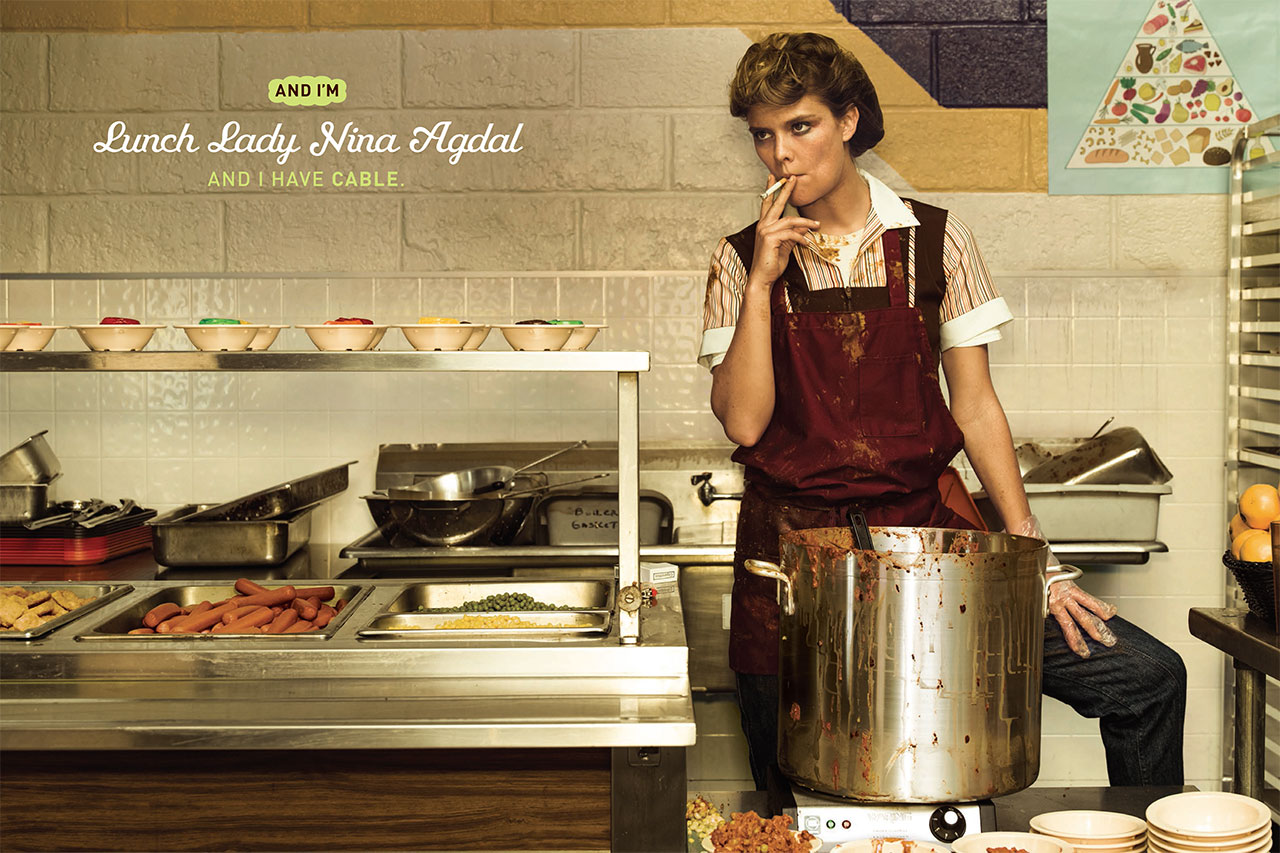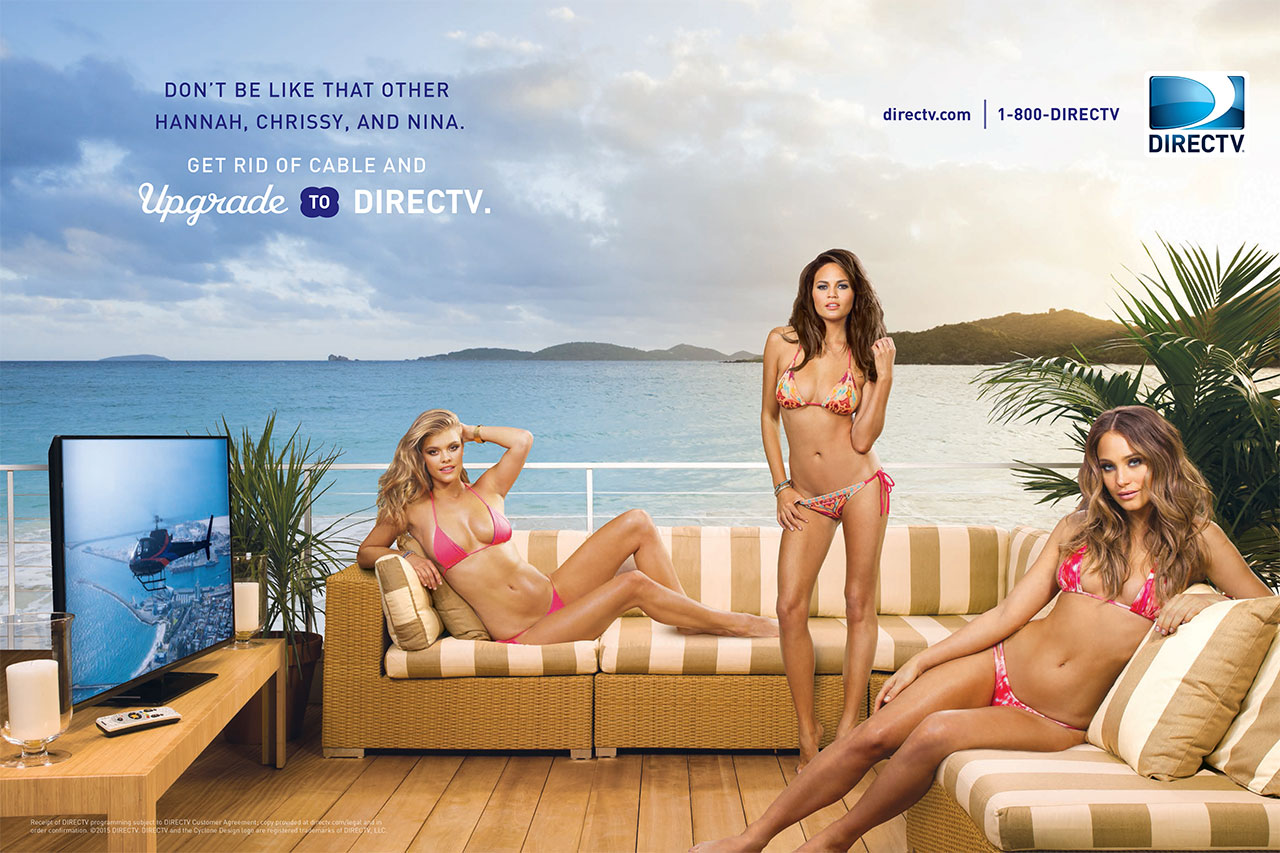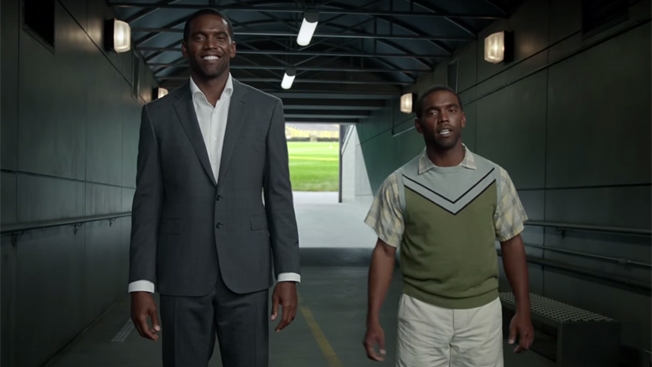![]()
Grey celebrated its performance at the Cannes Lions in June with leather, whips and chains. The WPP Group agency hosted an S&M-themed "Fifty Shades" bash on the roof of the JW Marriott, high above the shimmering Mediterranean.
The party began late Thursday night and ended some time Friday morning. Dancers dressed as dominatrices undulated onstage to a pulsing electronic beat that echoed off the bustling Croisette below. Tipsy leaders from the advertising, entertainment and tech industries jostled one another to enter a photo booth to have their pictures taken—often with other partygoers in salacious group shots—on a four-poster bed fitted with black silk sheets. Those images were instantly beamed onto a giant screen above the outdoor dance floor. "The vibe was buzzing and the energy was off the charts," recalls Grey worldwide creative chief Tor Myhren.
When word began spreading that Grey had won more than 100 Lions at the festival, "Every single person on that roof was screaming, hugging and losing their minds," Myhren says.
The soiree was jammed with hundreds of revelers, filled well beyond capacity, and even Cannes CEO Philip Thomas was stuck downstairs, denied entry by the Marriott's security detail. Thomas texted Myhren, begging the CCO to intercede so he could join the rowdy fun. "At that moment, it struck me how huge this night was," says Myhren. "It was the night we put Grey's global creative reputation on the map. Not just in New York or London, but every corner of the world."
![]()
Grey's impressive week saw the network win 113 Lions, triple its take from the previous year, and an agency record. The final tally: 21 gold (25 if you count its Innovation and Product Design trophies, two in each category), 36 silver and 48 bronze. The network's efforts merited four Grand Prix statuettes: two for Volvo's "LifePaint" and one each for Volvo's "The Greatest Interception Ever" and SoundCloud's "Berlin Wall of Sound." While Grey's WPP sibling Ogilvy & Mather won 10 more Lions overall, tops for the festival, it failed to score a single Grand Prix.
For Grey, perhaps the most significant aspect of the performance was the fact that offices in 18 countries scored across 20 diverse categories, including film, radio and outdoor, but also cutting-edge disciplines such as mobile and creative data. "No one at Grey, if the truth be known, thought that we would have a showing of that magnitude," says Grey Group CEO Jim Heekin.
Grey also netted three gold Clio Awards: two for SoundCloud out of its Düsseldorf, Germany, office, and one for the Ministry of Tourism & Transport for the country of Ecuador from Maruri Grey. Counting silvers and bronzes, Grey offices secured a total of 12 Clios.
Ultimately, 2015 represented the culmination of Heekin's decade-long quest—in tandem with Myhren, now in his second full year leading global creative—to transform the 98-year-old agency from an also-ran into an industry leader. This marks the second time in three years that Adweek has named Grey its Global Agency of the Year. When the network scored that honor in 2013, "it was about two big things," Heekin says, "[winning] Gillette and the inordinate success of our New York and London agencies. In '15, the difference is the depth and breadth of what we have. We've had five or six big multinational account wins—big, famous brands. And creatively, it's coming from everywhere. It's not just London and New York. We are deeper and broader in terms of talent and the number of offices that have gotten on the success train. That's the difference. To me, that's the biggest thing."
Industry insiders describe Heekin, 66, a straight-shooting, hard-charging second-generation agency leader, as the consummate account guy, with a genius for new business acquisition and client retention, and an abiding respect for creative that few "suits" in the business display. Myhren, 23 years younger, is viewed as an affable, cheeky creative leader, whose goofy music videos—including an ABBA-inspired song-and-dance routine roasting Heekin for his 10 years at Grey—have become legendary. Those who know Myhren say he's not afraid to crack the whip—like one of those Fifty Shades Cannes dancers—in his drive for perfection. Twice a year, he convenes a Creative Council of top creative directors from around the network to rank every office based on a point system, and he constantly challenges poor performers to improve.
Above all, colleagues say, Heekin and Myhren are intensely focused, driven leaders who inspire their teams to exceed expectations. "They took, not a second-rate but a third-rate agency, and turned it into a powerhouse," notes industry consultant Avi Dan. "The job the two of them did—I don't recall anything like this in the 30 years I've been involved in advertising."
Making global strides
Along with its creative triumphs, Grey enjoyed a robust new-business performance across all regions this year, adding global assignments in high-profile pitches from Emirates Airline (Grey led a WPP team christened Team Air), Motorola and Pandora Jewelry.
"We went to Grey to help Pandora establish itself as an affordable luxury-jewelry brand" as opposed to a "charm-bracelet brand," says Charisse Ford, Pandora's CMO. "Grey pitched the concept of 'The Art of You,' the idea of the consumer expressing herself every day through her jewelry." That campaign, launched in April, "helped shift the perception of the brand across key purchase drivers. We have seen increased engagement in social and tripled our earned media expectations."
Myhren cites Emirates as a prime example of the global network flexing its muscle. "Account and strategy were led out of London, and I oversaw the creative," he says. The team "brought [the pitch] to life creatively in parallel paths: one from New York and one from London. We often do this, where we create two totally different campaigns with zero overlap. Then, several days before the pitch, we either combine the best of both worlds or present both ideas separately." In this case, Grey went in with both concepts blazing, making its final presentation with WPP CEO Martin Sorrell on hand to deliver opening remarks. "We finished early and were in and out in 90 minutes," Myhren says. "Pitches are weird, and you never know. But I had a hunch we'd win this one, and we did."
Grey also expanded its relationship with several existing clients. Over the summer, the New York office leveraged its standing as lead agency for DirecTV to add a campaign touting the AT&T/DirecTV union, and was ultimately tapped to handle the new AT&T Entertainment division. Separately, the network picked up an estimated $200 million in business from longtime client Procter & Gamble when the company moved Gillette's Venus, Braun and Art of Shaving assignments from BBDO. "That was a tremendous source of pride for the agency," says Myhren. "For P&G to show that kind of faith in us [without a formal pitch]—that was huge."
Other additions from new and existing accounts in various global offices included Vodafone, General Mills, Fidelity, Lego, Walmart, LendingTree and Walt Disney. There was just one notable defection: Olive Garden, which will be off the books in early 2016.
All told, Grey's worldwide revenue rose 5 percent in 2015 to just over $800 million, no easy feat for a network its size. Digital revenue rose more than 20 percent compared to 2014.
Shoring up its global team, Grey added or promoted numerous executives. One of the most prominent leadership moves came as 2015 began, with Andreas Dahlqvist, a key driver on McCann's General Motors team, taking the CCO reins at Grey's New York flagship, freeing Myhren to concentrate on his global role (though he continues as N.Y. president).
"I'm seeing a real need to leap forward again. Big clients are asking for a new way to go to market, and I think we're extremely well poised to take on that challenge," says Dahlqvist. "Our opportunity is to move past just telling a story for a brand to really figuring out how we create stuff that has a true value to people."
Meanwhile, in London, strategy chief Lucy Jameson was promoted to CEO, with Nils Leonard moving to chairman while retaining his CCO title. "For us it's all about culture—developing our own culture, decoding our clients' cultures and helping them make more impact in popular culture," Jameson says. Echoing Dahlqvist, she adds: "If we are going to be more impactful in culture, we have to find new ways to be entertaining and/or useful. So, next year, I'd like to see us diversifying even further beyond our current capabilities."
It's all about competitive spirit, agree Grey leaders. "Grey is built with people who have fighter mentalities, and we're actually at our best when we have something to push up against," says North American CEO Michael Houston. "In 2015, that thing we pushed up against was size and traditional work. We wanted to demonstrate that size and scale could be meaningful in a creative organization."
Moving ahead, Grey vows to keep pushing to beat the competition into submission—creatively speaking, of course—at Cannes and beyond.
Check out this gallery of Grey's most memorable work.
This story first appeared in the Dec. 7 issue of Adweek magazine. Click here to subscribe.






